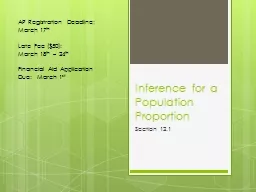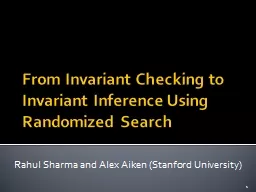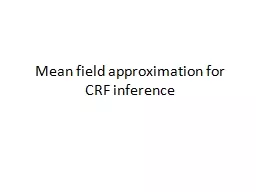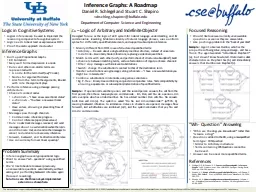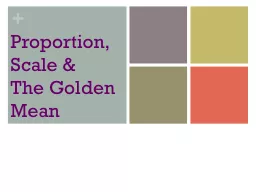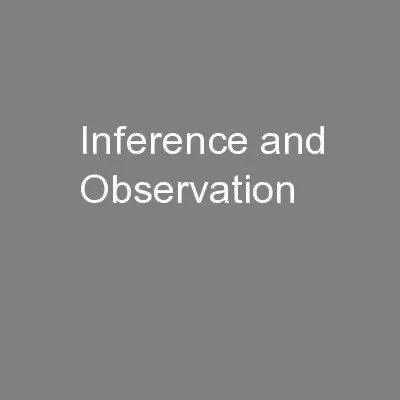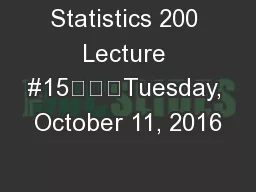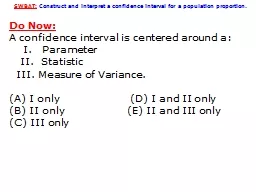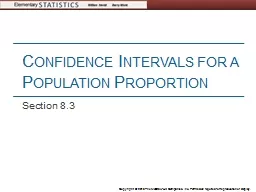PPT-Inference for a Population Proportion
Author : giovanna-bartolotta | Published Date : 2019-11-27
Inference for a Population Proportion Section 121 AP Registration Deadline March 17 th Late Fee 50 March 18 th 24 th Financial Aid Application Due March 1 st Remember
Presentation Embed Code
Download Presentation
Download Presentation The PPT/PDF document "Inference for a Population Proportion" is the property of its rightful owner. Permission is granted to download and print the materials on this website for personal, non-commercial use only, and to display it on your personal computer provided you do not modify the materials and that you retain all copyright notices contained in the materials. By downloading content from our website, you accept the terms of this agreement.
Inference for a Population Proportion: Transcript
Download Rules Of Document
"Inference for a Population Proportion"The content belongs to its owner. You may download and print it for personal use, without modification, and keep all copyright notices. By downloading, you agree to these terms.
Related Documents

